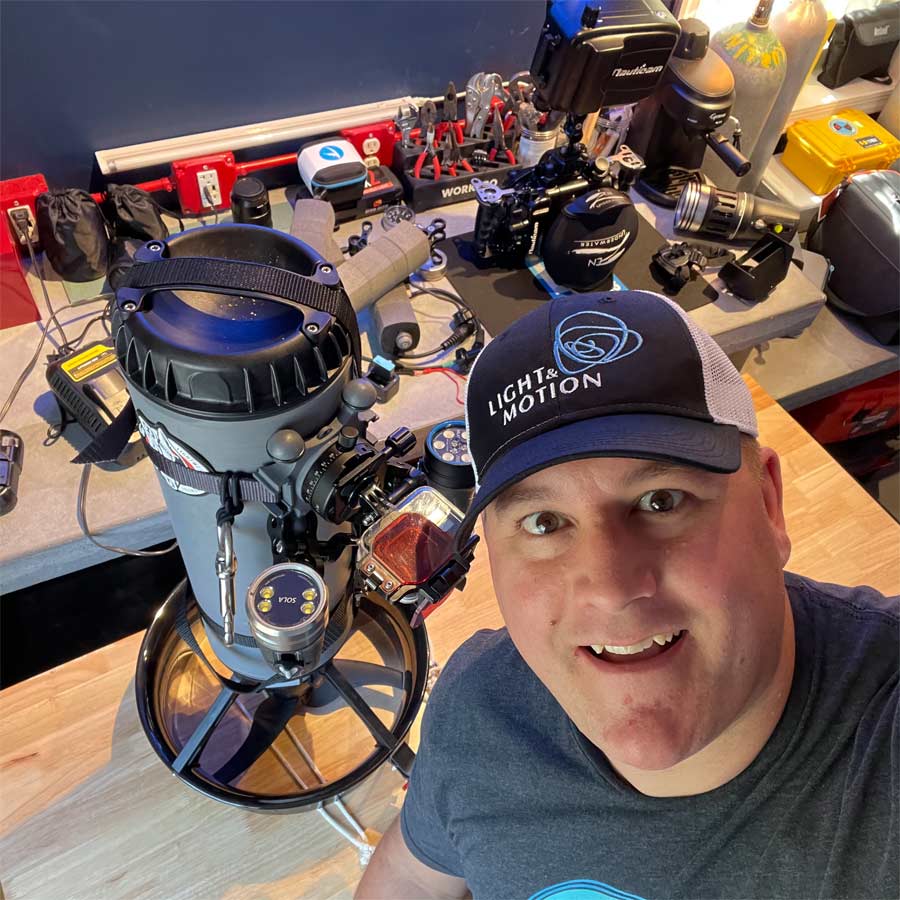Diving is a quiet art…. Sssshhh!
There is a lot to love about scuba diving, one of the best being the hour to two hours of peace and quiet. However, this peace can be easily disturbed by the overuse of an audible signaling device.
What is an audible signaling device?
Also known as noisemakers, audible signaling devices are anything you can use either on the surface or underwater to attract attention. Examples of underwater audible signaling devices include:
- Tank banger. This is basically a rubber band with a plastic bead on it that you slip around the bottom of your tank. Pulling and letting go of the bead against the tank is incredibly effective underwater, but not on the surface.
- Scuba rattle stick. These have a small magnet inside that attaches to a housing so that they don’t rattle when they are attached.
- Lobster tickle stick. This is used to bang on your tank to make noise.
- Air-integrated dive alert alarm. If you need to effectively capture attention underwater and on the surface in the event of an emergency. The alarm sits between your inflator hose and inflator button and uses air to make noise. It’s hard to accidentally set these off!
How does this work?
This may have been something you learned in your open water class, but sound underwater travels 4-5 times faster than it does in the air. The speed at which sound travels in the water is mainly affected by three factors:
- Temperature. The colder the water, the slower the sound will travel.
- Pressure. The deeper underwater you go, the more pressure there will be, and the faster that sound will travel.
- Density. In this case, we are looking at salinity. The more saline-dense the water is, the faster sound will travel.
This is great for getting attention, but can also cause confusion because the switch between sound on land and underwater can be disorienting to the part of our brain that processes it.
To audibly signal, or not to audibly signal?
Picture this: you are on a dive trip in the Cayman Islands, and a diver in your group uses an audible signaling device every time they want to get another diver’s attention. This can be especially annoying, because not only can it disturb the sea life, but can also create confusion within the group.
Under normal circumstances, the only person who should really be making noise underwater is the dive guide, dive leader, or dive master. Basically, anyone whose responsibility it is to guide you through a dive and keep you safe while doing so. With large groups, there is no time for a guide to individually swim over to every diver and check their gas tank level. An audible signaling device can attract the attention of divers to check on such things. It’s also a great way to ensure that the group stays together.
A good diver is a quiet diver, but there are certain scenarios where the use of an audible signaling device is warranted, and even encouraged:
- If your dive buddy is far away and not paying attention to you, you can make a couple of noises.
- If you require the group’s attention because you saw something awesome that they haven’t seen yet
- If you require everyone’s attention in an emergency
How to not be “that diver” with your audible signaling device
Otherwise known as “that diver that ruins the dive for everyone else”. To avoid unnecessary use of your audible signaling device, there are other steps to get another diver’s attention. Always use a visual signal first. However, if that doesn’t work, you can swim over and give your buddy a squeeze on the shoulder.
Conclusion
Every diver should carry audible signaling devices, for both the surface and underwater. Nobody knows exactly when emergency situations could arise, making it especially crucial to be prepared. The key is to not overuse it and ruin the dive for others.












